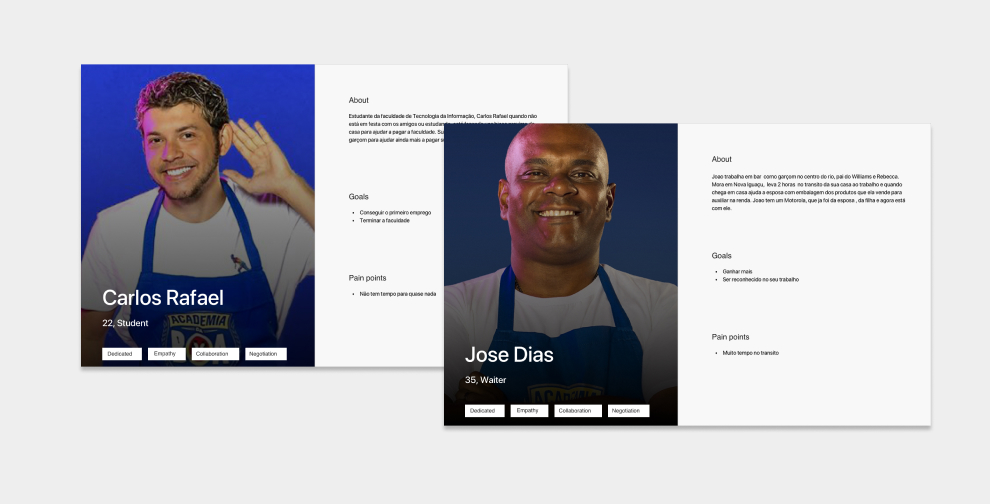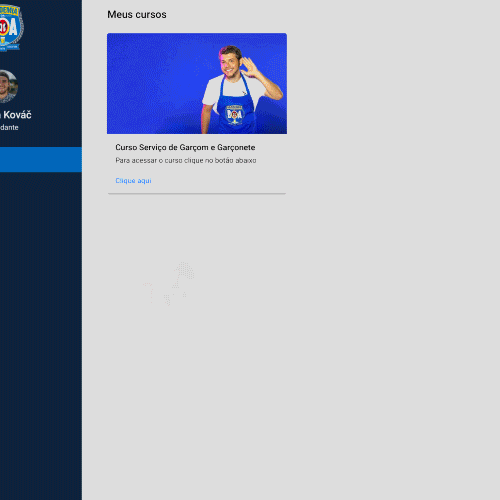BRAND

Project
Academia da Boa
summary
Study anywhere and at anytime - this AMBEV's objective with Academia da Boa, a platform aimed at capacitating bar professionals. differential.
Responsibilities
Information Architecture
Prototyping
UI
BRAND

Project
summary
Study anywhere and at anytime - this AMBEV's objective with Academia da Boa, a platform aimed at capacitating bar professionals. differential.
Responsibilities
Information Architecture
Prototyping
UI
Academia da Boa is going digital! The professional school for bar professionals originally launched in 2017 and based on a 19th loft in Lapa has accepted the challenge of transitioning to the digital world the physical experience. The project was developed by Antarctica, a Brazilian brewer that has been around since 1885 and was one of the funding companies of the AMBEV consortium 1999. Just like its original version, the digital platform offers exclusive modules to capacitate bar professionals. The project was developed in partnership with Senac.

The idea is to reach out to a public that otherwise would not be able to attend the project headquarters.
There will always be a learning curve when something new is being taught. Creating a platform that feels familiar to the user reduces the learning curve making the product more enjoyable and learning experience smoother.
The digital platform had not yet been optimized for mobile navigation nor had the extensive content been adapted to provide consistent and enjoyable short time learning.
According to research delivered by the branding agency, the target user often lives outside the city core spending considerable time traveling between home and the workplace, which leaves little time for study. The research also pointed out that the user is likely to earn less than a double minimum wage, therefore not prioritizing expenses such as a mobile phone.

Our platform was designed to serve both mobile and stationary access. Focusing on user mobility, the platform followed a more minimalist line, displaying only essential information. Besides making the course easier to be taken, the platform simplicity flows lightly on limited internet connections. Bearing in mind our user is more familiar with the Android (mobile operating system) we have followed the material design guidelines.

For many users, this was their very first contact with an e-learning platform. To minimize strangeness an onboarding screen was added to introduce navigation tips as well as a video tutorial explaining: What's "Academia da Boa"?

Based on previous experiences of users with distance learning, we have changed the course structure in order to reduce dropout and increase user's empathy. We broke the modules into smaller lessons allowing completion in a shorter time, considering they're in traffic.
We have also placed a progress bar with check-in points displaying the user’s achievements. About halfway through completion of the course the progress bar starts displaying an estimate of how much is left to the end.

With a user-centered e-learning platform we had an adhesion rate 3,5 times superior to the presential course.

As a project, Academia da Boa working has made me once more reassured that designing is an iterative process. While working on this project I learned the importance of testing theories before tying the knot with the first good idea, to pay due attention to the users’ feedback, and to always deliver the best experience.